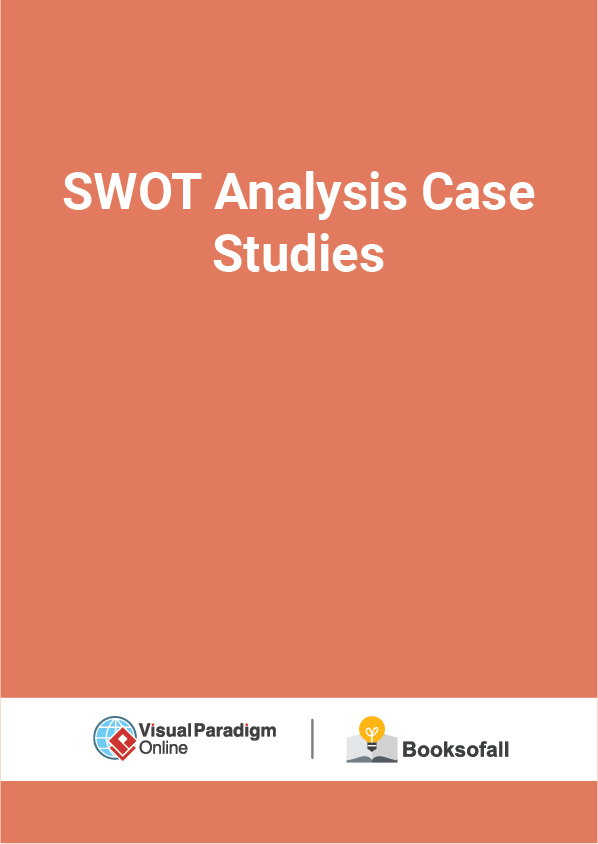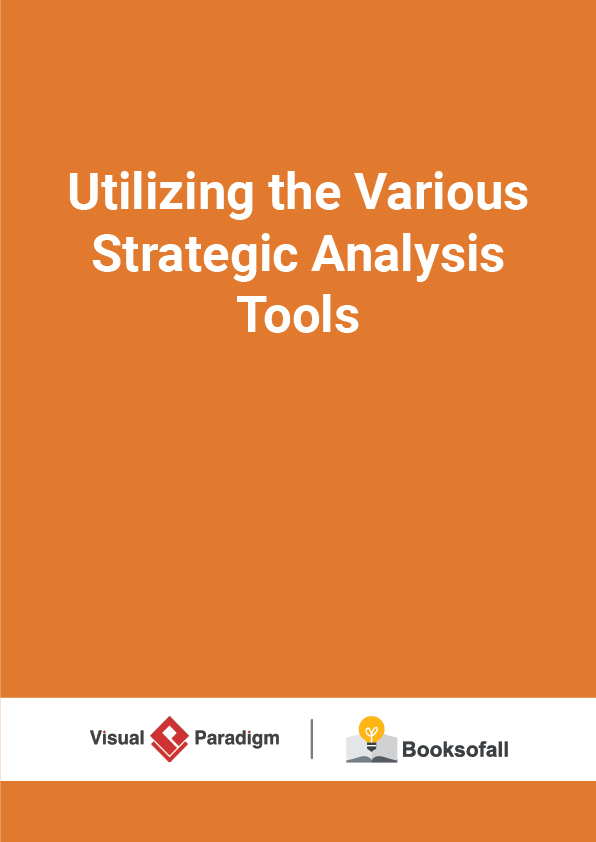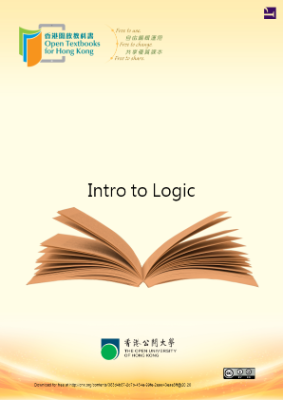SWOT Analysis Case Studies
16-20 minutes
The SWOT analysis method is the situation analysis method. It was proposed by Weirik, a professor of management at the University of San Francisco in the early 1980s. It is often used in enterprise strategy formulation, competitor analysis and other occasions including analysis of Strengths, Weaknesses, Opportunities, and Threats. Therefore, the SWOT analysis is a method that comprehensively summarizes the various aspects of the internal and external conditions of the enterprise, and then analyzes the strengths and weaknesses of the organization, opportunities, and threats faced.
Through SWOT analysis, you can help companies to pool resources and actions in their strengths and where there are the most opportunities; and to make their strategy clearer.
Edit this Diagram
What is a SWOT model
The analysis of strengths and weaknesses focuses on the strength of the company itself and its comparison with competitors, while the opportunity and threat analysis focus on changes in the external environment and possible impact on the company. In the analysis, all internal factors (i.e., strengths and weaknesses) should be grouped together and then evaluated by external forces (opportunities and threats).
Internal Factors (Strengths and weaknesses)
The analysis of strengths and weaknesses (S-W) of internal conditions is an internal method of assessment. The main purpose is to confirm the relationship between expertise and ability of the organization’s internal conditions. The strengths and weaknesses of its internal conditions are internal factors that the organization can control, including financial resources, technical resources, research and development, organizational culture, human resources, product characteristics, and marketing resources.
External Factors (opportunities and threats)
With the rapid development of economy, science and technology and many other aspects, especially the acceleration of globalization and integration of the world economy, the establishment of global information networks and the diversification of consumer demand, the environment in which companies are located are more open and volatile. This change has had a profound effect on almost all businesses. Because of this, environmental analysis has become an increasingly important corporate function.
The Opportunity and Threat (O-T) analysis is a method of evaluating the external environment. The main purpose is to confirm the relationship between the competitions of the industrial environment outside the organization. The opportunities and threats of the external environment are external factors that cannot be controlled by the organization, including factors such as competition, politics, economy, law, society, culture, science and technology, and demographic environment.
What is a Competitive Advantage?
Identifying attractive opportunities in the environment is one thing, and having the necessary competency to succeed in an opportunity is another matter. Each company must regularly check its strengths and weaknesses. When two companies are in the same market or they all can provide products and services to the same customer group, if one of them has higher profitability or profit potential, then we think that the company has a higher competitive advantage than the other. In other words, the so-called competitive advantage refers to a company’s ability to surpass its competitors, and this ability helps to achieve the company’s main goal – profitability. However, it is worth noting that competitive advantage is not necessarily fully reflected in higher profitability, because sometimes companies prefer to increase market share or employees.











